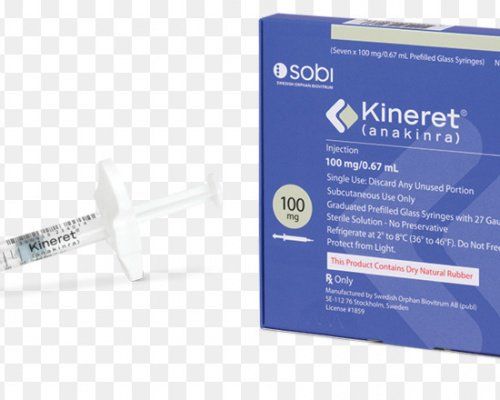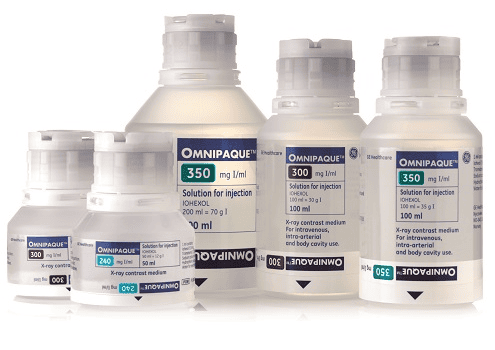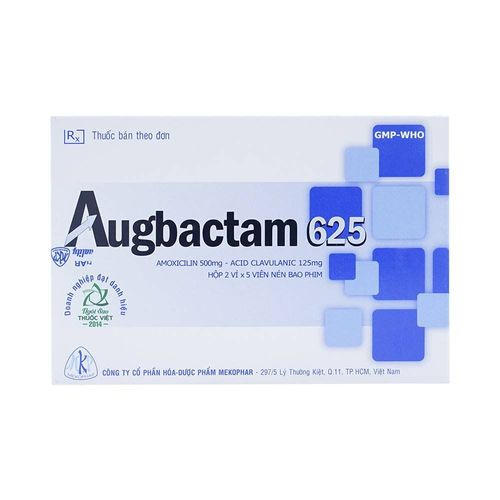This is an automatically translated article.
The article is professionally consulted by Dr. Pham Quoc Thanh - Radiologist - Radiology Department - Vinmec Hai Phong International General HospitalAnd Master, Doctor Tong Diu Huong - Radiologist - Department of Diagnostic Imaging - Vinmec Nha Trang International General Hospital.
X-ray is a very popular diagnostic imaging tool, especially bone x-rays in bone and joint diseases. Even with secondary TB lesions, X-ray images of bone and joint inflammation caused by TB are very useful, helping doctors to make early diagnoses and appropriate treatment methods, limiting sequelae for patients while symptoms persist. clinical evidence is still unclear.
1. What is TB bone and joint inflammation?
Tuberculosis is a public health problem that is always concerned in all countries of the world, especially developing and industrialized countries. Several factors contribute to the increased incidence of TB in the community due to aging population and comorbidities such as: diabetes mellitus, chronic renal failure, obstructive pulmonary disease, cirrhosis, and cellular dysfunction. Lymphoma, immunodeficiency... and various socio-economic factors such as alcohol use, drug use, poverty, homelessness... In cases of illness, TB germs cause disease in Lung disease is the most common type.
However, the musculoskeletal system may also be involved in this disease with an incidence of 1 to 3% of patients with tuberculosis. Many epidemiological studies show that musculoskeletal disease is always secondary to pulmonary tuberculosis, which can occur in one or more sites at the same time such as: spine, hip, knee, foot, elbow , wrist, hand, shoulder.
Of these, tuberculous spondylitis is the most common form of musculoskeletal injury due to TB and accounts for about 50% of cases. In general, osteosarcoma usually occurs in large joints.
Early diagnosis and prompt treatment are necessary to prevent severe damage in TB bones as well as joints due to TB loss of function. However, because the clinical presentation is nonspecific and often equivocal, the diagnosis may be delayed. Regardless of the disease status, the evaluation of the patient by bone x-ray is always the first step in the process of diagnosing a patient with musculoskeletal TB. From there, the patient will be able to plan early treatment, which may include surgical intervention.
2. Pathogenesis of Tuberculosis Osteoarthritis and Tuberculosis
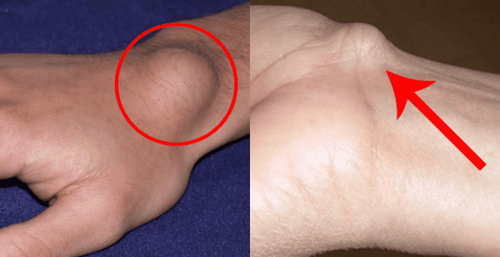
Bệnh viêm xương và khớp do lao ban đầu sẽ xuất hiện một u hạt phát triển tại chỗ
Bones and joints can be a target organ of attack from TB germs through the bloodstream, from a primary lesion, usually in the lungs or lymphatic system. Mycobacterium tuberculosis is the causative agent in most cases of osteosarcoma, although atypical mycobacteria have also been reported in synovial lesions.
Tuberculosis of the bones and joints is initially a locally developed granulomatous lesion. As the infection progresses, the infected tissue will spread, central necrosis and liquefaction necrosis will gradually spread. Further progressive disease and inadequate control can lead to bone destruction.
Finally, bone and joint organization changes structure, deforms and declines in function. With early, sensitive and long-term sterilization treatment, the post-inflammatory bone and joint damage caused by TB can be reversed, especially in a good location. On the contrary, the loss of control will destroy the musculoskeletal system in place, the patient is at risk of permanent loss of mobility and even with treatment, it is difficult to improve the long-term sequelae.
3. X-ray image of bone and joint inflammation caused by tuberculosis?
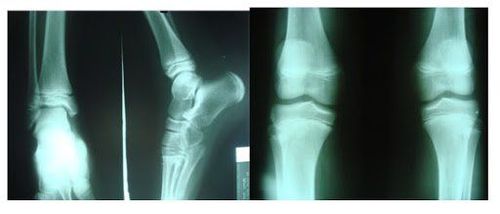
Hình ảnh x quang viêm xương và khớp do lao
In terms of location, almost any bone can be affected, but tuberculosis occurs most commonly in the bones of the spine and extremities, including the small bones of the hands and feet. Tuberculosis of the ribs is also common. Patients can be detected with a single lesion at the site or at the same time with multiple bone lesions with different locations.
As soon as a patient has complaints of a certain site on the bone, routine radiographs in osteosarcoma may reveal signs such as minimal periosteal reaction, bone resorption, and bone erosion. , periosteal osteoporosis; At the same time, the adjacent soft tissue areas also showed signs of swelling, infiltrating inflammatory fluid.
Compared with pyogenic osteomyelitis, bone tuberculosis usually has a slower progression but is easier to spread, silently destroying bone for a long time. In some cases, patients went to the doctor because of prolonged pain, X-rays showed signs of sclerosis or holes due to cystic tuberculosis, causing cystic lesions in the bone that changed the bone structure completely.
For joint damage due to tuberculosis , the disease also occurs in many different joint sites simultaneously or individually. However, the incidence is often seen in children, while in adults, TB germs are often limited to a single bone. At the same time, the radiographic findings of TB-associated osteoarthritis may be slightly different in children than in adults.
In younger patients, the lesions are usually osteoclasts and well-defined, non-sclerotic, and may show variable size. This is explained by the fact that children are still in the stage of bone development. Therefore, the speed of spread of the lesion is sometimes difficult to control. In contrast, in adults, the lesions are smaller, located in the long bone axis, and may show well-defined sclerotic edges.
In addition, extra-axial musculoskeletal TB can also include many different types of tissues such as muscles, tendons, ligaments, or synovial fluid in the joint, or a combination of these anatomical details. Besides X-ray, a simple initial imaging tool, patients can be assigned other means such as CT, MRI of bones and joints.
These are useful tools, providing authentic, valuable images to accurately diagnose and evaluate musculoskeletal tuberculosis as well as its complications such as soft tissue abscess, joint effusion, damage at the tendon and ligament level...
4. How is TB-related bone and joint inflammation treated?
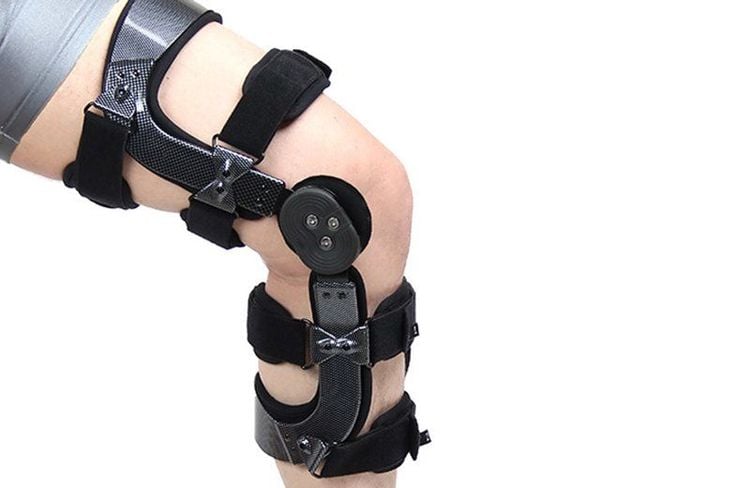
Điều trị viêm xương và khớp do lao bằng cách nẹp khớp
Similar to damage caused by TB in other organ systems, anti-TB drugs also play a central role in the treatment regimen for TB-related osteoarthritis and arthritis. Treatment should last at least 12 to 18 months. Tuberculosis of the bones and joints that respond well will show a decrease in bone loss, improved bone density through X-ray signs of becoming stiffer.
Conversely, if bone and joint inflammation does not improve, it may be due to non-adherence to medication, misdiagnosis such as metabolic bone disease or bone cancer, or infection with a drug-resistant strain of tuberculosis. .
In addition, patients with joint damage caused by tuberculosis should also be prescribed the use of joint splints. The affected joint must be immobilized in a functional position. Even spinal joints will need a proper splint. The fixation of the joint, restricting the movement will help the local injury, including other anatomical details in the joint, to recover faster.
In addition, surgery also plays a role in the treatment of tuberculosis-induced osteoarthritis but to a relatively limited extent. Indications for surgery are often made in the late stage, when the orthopedist assesses that it is necessary to repair the damage caused by TB germs, such as bone resorption fractures, severe osteoarthritis...
The clinical presentation of patients with musculoskeletal TB is often overlooked, delaying the diagnosis. However, given the characteristics of X-ray images of osteomyelitis and tuberculosis, this is a useful tool. From there, the timely diagnosis and treatment of the disease will help improve the patient's motor function, prevent joint deformities and permanently destroy bone. This is inherently an important technique, first in imaging diagnostics to accurately assess the lesions in the joints. The snapshot time is only about 5-7 minutes and the patient will receive the results after 15-30 minutes.
Patients with osteomyelitis can go to Vinmec International General Hospital for examination and treatment. Here, a team of musculoskeletal specialists are well-trained, experienced and professional; The system of modern X-ray machines brings outstanding advantages and owns an examination room that meets the standards of the Ministry of Health and the PACS system to help bring good treatment results to patients.
For detailed advice on bone tuberculosis and how to treat it, please come directly to Vinmec health system or register online HERE.
Reference source: . ncbi.nlm.nih.gov, dynamed.com, sun.ac.za, medscape.com, pubs.rsna.org,





